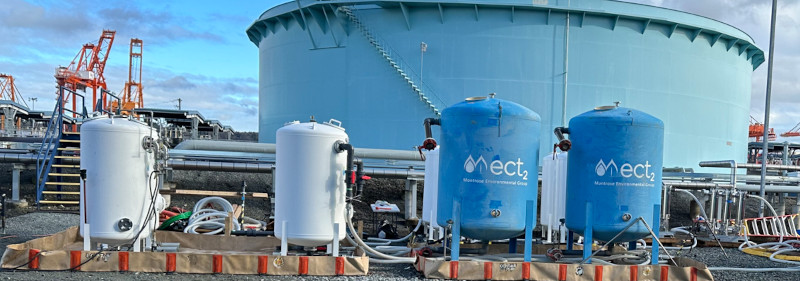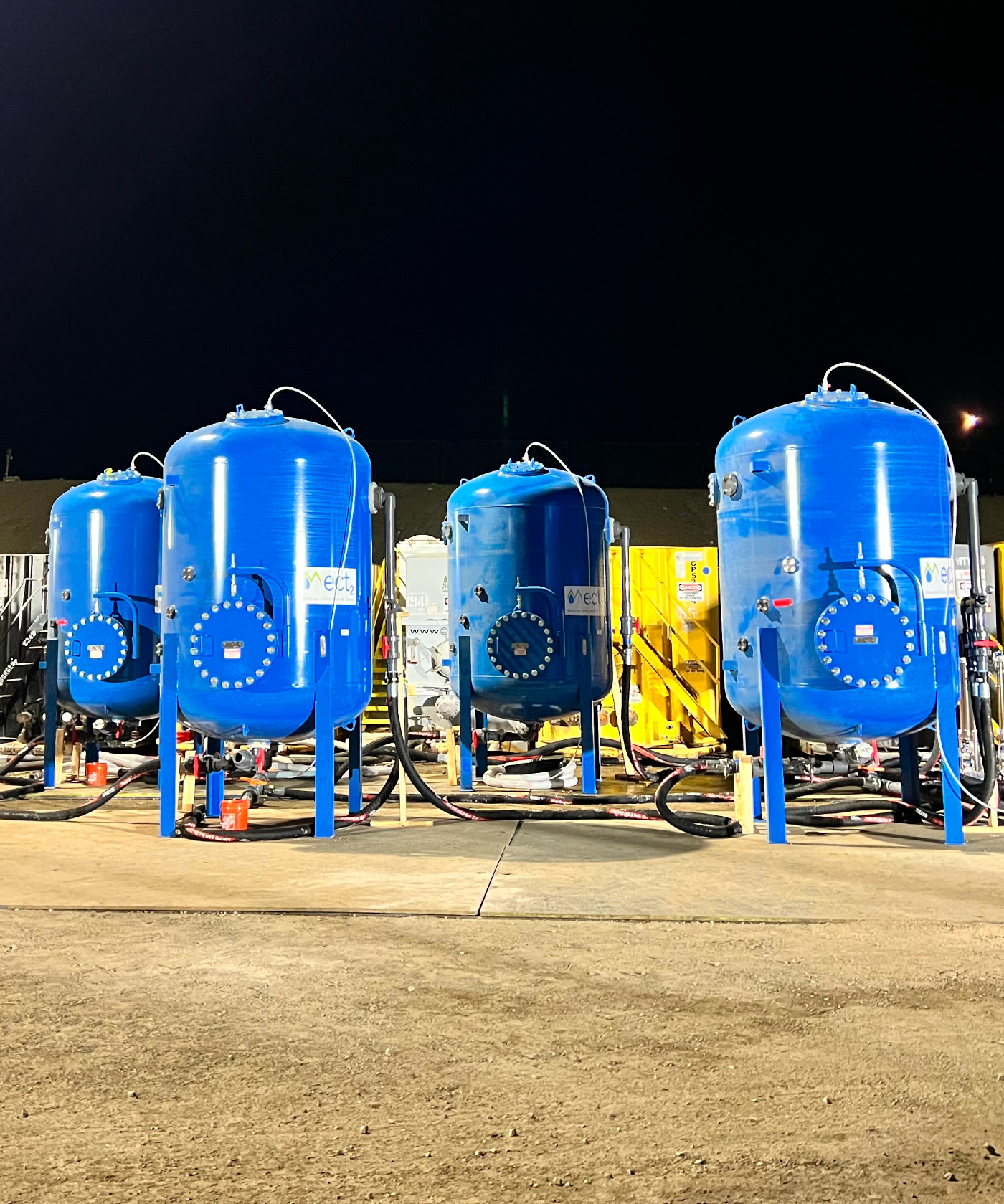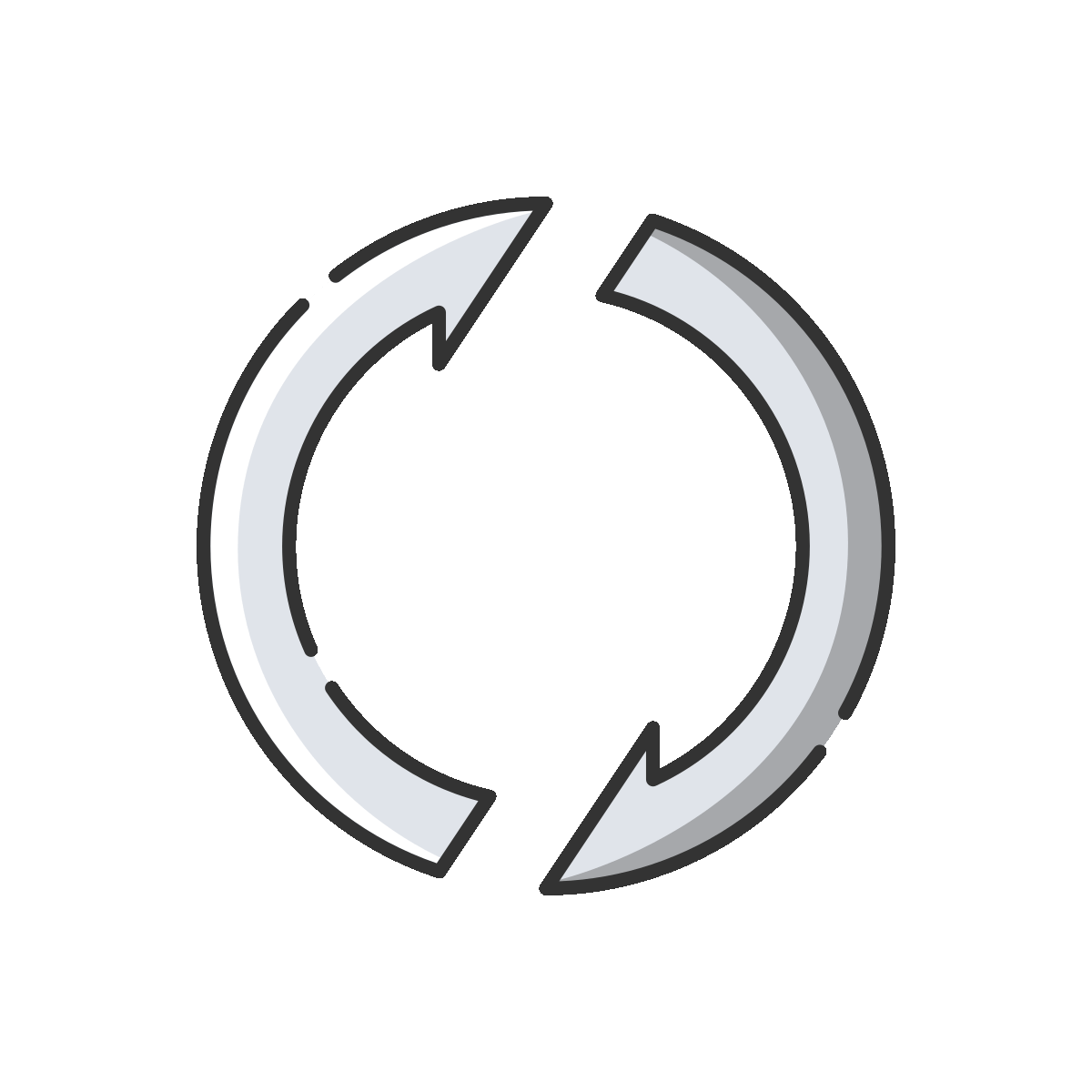
Granular Activated Carbon

Granular Activated Carbon (GAC) technology has become a popular choice for drinking water applications due to its effectiveness in treating water with low levels of contamination. This technology has proven to be highly effective in meeting less stringent effluent standards, making it a reliable solution for ensuring the safety and quality of drinking water. Its use has been widely adopted by various industries and organizations that prioritize the provision of safe and clean drinking water with Carbon Adsorption Services.
Advantages
- Effective on PFAS, especially long-chain compounds
- Not adversely impacted by elevated chloride concentrations
- Effectively removes a variety of co-contaminants, including VOCs, SVOCs, TPH, etc
- Can be regenerated (usually offsite)
Disadvantages
- PFAS removal capacity is generally much lower than IEX resins
- Significantly larger footprint than IEX resin
- Fouls more quickly than Adsorptive Clay
- Carbon regeneration occurs offsite and requires vessel evacuation and transportation
- Breakthrough requires periodic replacement of the GAC
Video:
PFAS Treatment System for Industrial Wastewater
Watch this video to learn how ECT2 built a system for eliminating PFAS pollutants from an industrial site prior to releasing them into the city sewer using Industrial Activated Carbon Filtration. The system was transported to a tough location in Alaska and is capable of withstanding severe weather. It also offers remote access capabilities, which allows it to operate autonomously.
Case Studies:
Rapid Response Treatment of AFFF from a Fire Event
ECT2’s team brings years of experience, coupled with their efficient PFAS treatment process and technology, to treat even the toughest challenges. In this case study, you can read how we were able to offer a safe and reliable solution to a difficult and unexpected situation.
Case Studies:
Challenging PFAS Impacted Industrial Wastewater Reduced to Non-Detect
Working with an extreme climate, a remote location, and a compressed timeline, ECT2’s team was able to design and construct a system for this unique site. In this case study, learn how we designed and constructed a system that could be easily configured in a variety of ways, or for a variety of locations. It also offered a process that could be run in parallel, in series, or with each vessel operating independently.
